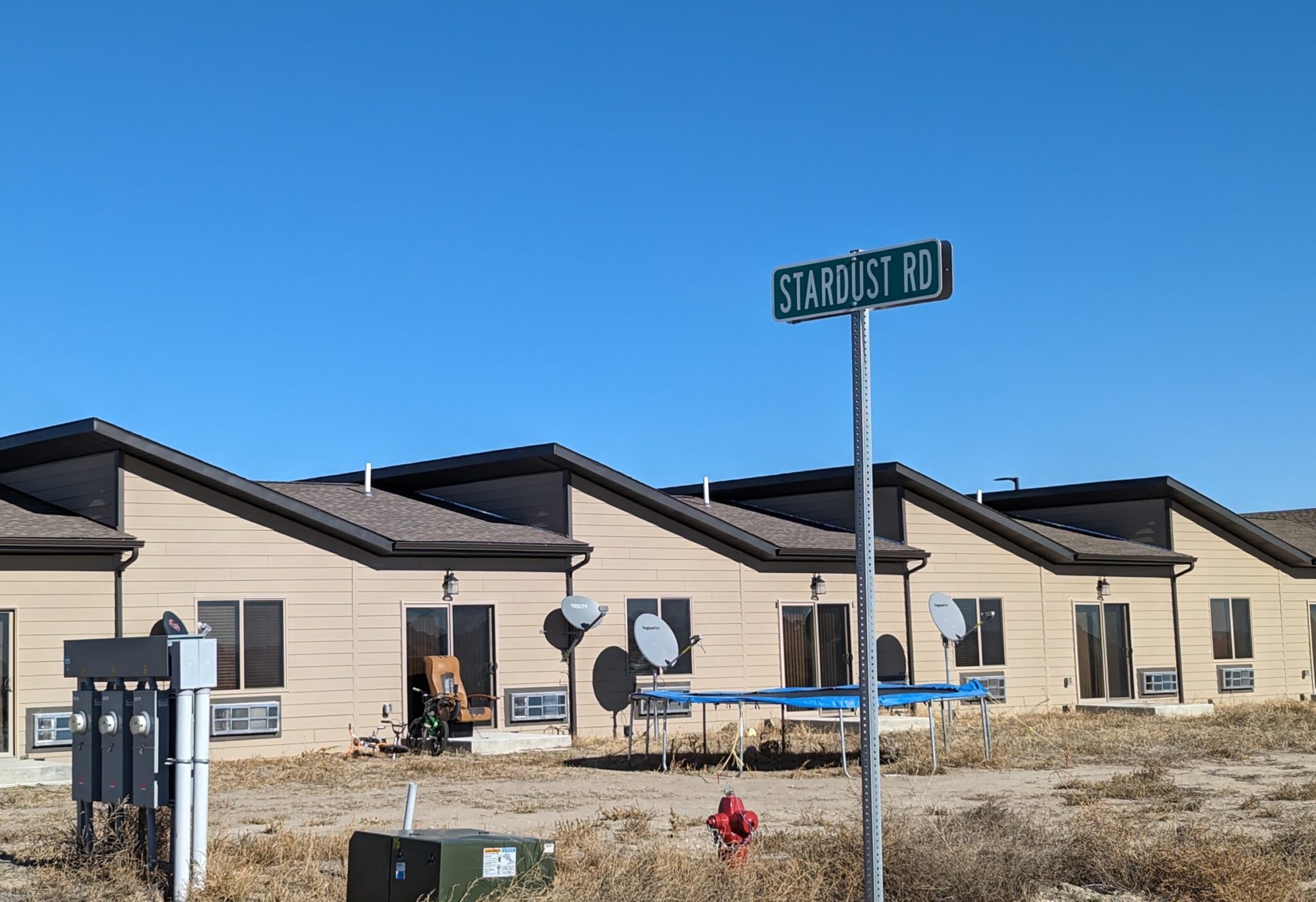
Makenzie Huber, South Dakota Searchlight
A state board endorsed a rule change this week that would let Native American tribes access state housing infrastructure funding, but the change comes so late in the process that all the grants are already awarded and only loans remain.
The Housing Infrastructure Financing Program is a $200 million pool of state and federal money designed to ease the burden of high inflation for homebuilders in a state with a high need for workforce housing. Lawmakers created the program in 2023, after legal wrangling held up the funds the previous year. It covers up to one-third of the cost of a development’s roads, sewer lines, street lights and other costs associated with building new neighborhoods.
The board of the South Dakota Housing Development Authority will hold a public comment session about the rule change on May 31. After that, it will be presented to the Legislature’s Rules Review Committee on June 10.
The infrastructure program requires a “political subdivision of the state” to take over ownership and maintenance of infrastructure after a project’s completion. Without the rule change, developers cannot hand off completed roads and other infrastructure to tribal governments, as they are not political subdivisions of the state. Legislators passed a bill last winter allowing for the rule change and said the exclusion of tribes from the original law was unintentional.
One housing project in Indian Country was able to take advantage of the program last year, but only because developers were able to partner with the Oglala Lakota School District, the only state-supported public school on the Pine Ridge Reservation.
The board has awarded nearly $115 million to help pay for infrastructure at 74 housing projects across the state, including an approved loan of $1.43 million on Thursday to support the Bunk House subdivision in Belle Fourche.
That project, developed by Van Acker Development Inc., will include 43 lots for single family homes and one for multifamily buildings, for a total of 90 units. The total project cost is $4.3 million.
With a sizable amount of money left to award, South Dakota Housing Director Chas Olson told board members he imagines there will be some interest from tribally affiliated organizations in what’s left. However, the remaining money available through the program is loan-based.
“Considering that the grant funds at this point have all been exhausted, it will be true debt,” Olson said. “So, you never know how that’s going to look for different tribes and what their debt capacity is. It remains to be seen.”
In an interview on Friday, Olson said the loan funding hasn’t been as popular with developers.
“So far, it’s been pretty slow to go out,” Olson said. “A lot of the demand for the loan funding is just kind of waiting to see how some of these other projects turn out.”
Olson said he’s had conversations with developers who might want the loan funding, with $80 million remaining in the program. He expects interest in loans to grow, particularly if interest rates stay high. The loans offered through the program have 2% interest rates, far lower than the 7% to 8% rates currently offered for traditional loans.
Sioux Falls Republican Rep. Tyler Tordsen, a member of the Sisseton-Wahpeton Oyate, worked in the Legislature to pass the bill that allowed for the rule change. He doesn’t know if there will be as much of “an appetite” for the loan piece of the funding compared to the race for grant money in 2023.
He added that the approval and summer timeline will allow interested tribally affiliated organizations to apply and work on projects in the fall.
“I’m pleased that tribes going forward are going to have this opportunity, if it makes sense for them and their communities, with the right projects, guidelines and pieces in place,” Tordsen told South Dakota Searchlight.
